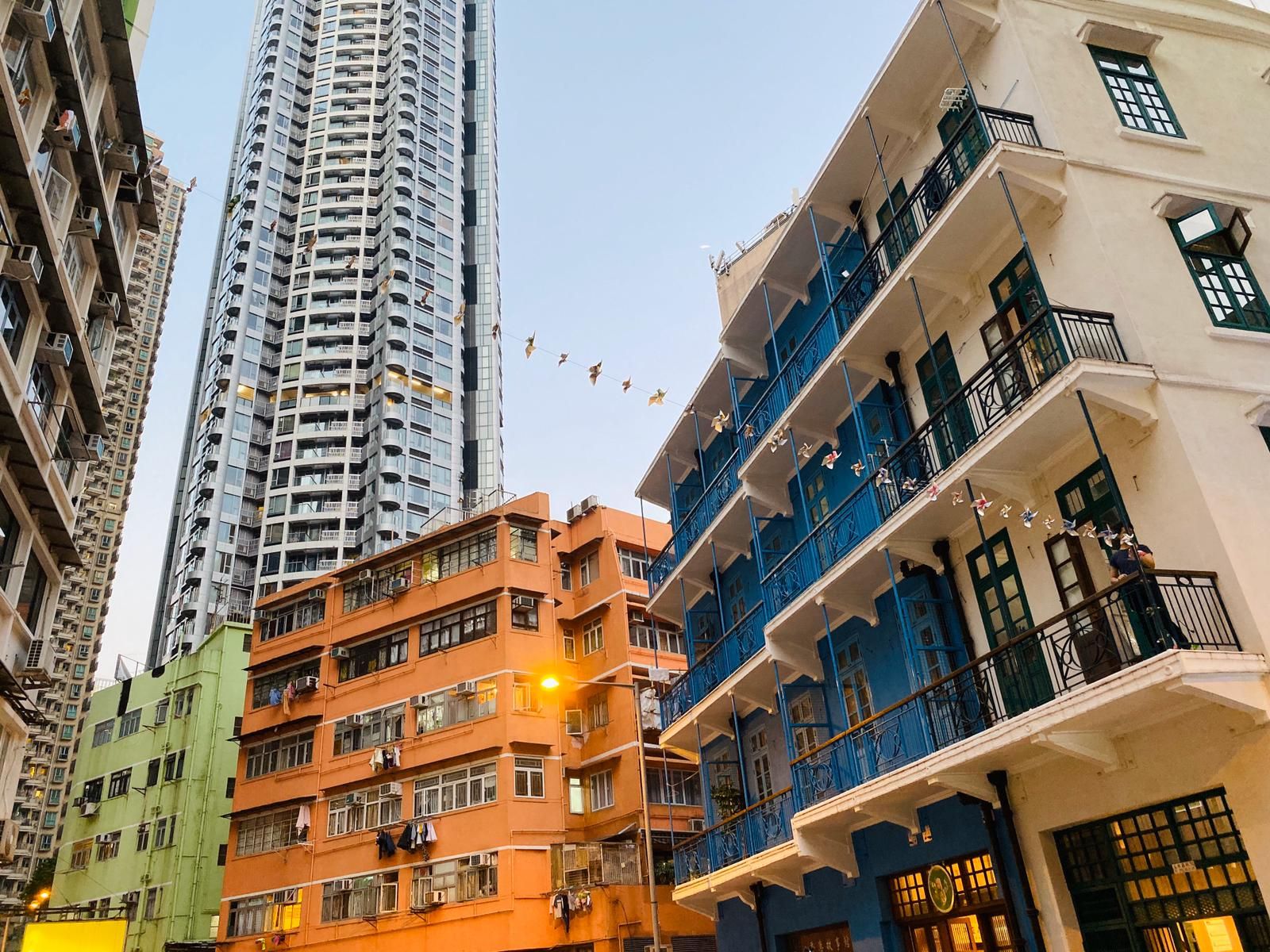Running out of ideas of where to go during the hot and rainy season? From the mainstream, to the unusual and secret, these Hong Kong museums will keep you entertained—and dry
The city of Hong Kong may be small, but it has a total of seven major museums, as well as seven smaller museums, a film archive and two art spaces under the LCSD—not to mention the private spaces, and those put together by enthusiastic individuals or communal effort. Covering a wide array of topics, the city's museums are the best way of discovering everything from Hong Kong to the tip of Antarctica.
From museums focusing on art and Hong Kong history, to food-centric centres, and havens for nature lovers, we're listing the best museums in Hong Kong to visit this summer.
See also: 8 Places In Hong Kong To Learn About Local Heritage And Culture
1. Best for art lovers:

Hong Kong Museum of Art
Hong Kong’s major art museum reopened last year in December after a four-year-long makeover that cost nearly HK$1 billion. Established in 1962, HKMoA is the first public art museum in the city, now custodian of an art collection of over 17,000 items categorised into what director Maria Mok calls “the four pillars”. These include modern and contemporary Hong Kong art; Chinese antiquities spanning the period from Neolithic to the twentieth century; Chinese paintings and calligraphy which includes some 370 paintings by Wu Guanzhong; and China trade art.
HKMoA prides itself on housing one of the biggest collections of China trade art in Asia. Produced during the 18th and 19th centuries in a time when trades with Europeans gradually built up Hong Kong’s international prominence, these paintings were memorabilia for western traders. Today, they give us a comprehensive picture of what our city was like as an early commercial port.


